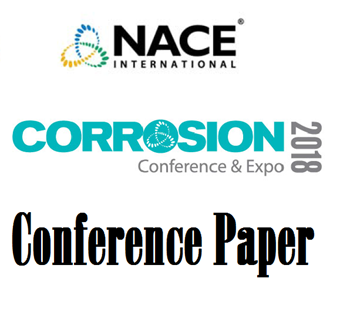Search
09561 Improving Mechanistic CO2 Corrosion Models
Also Purchased
51318-11232- Mechanism of CO2 Corrosion of Mild Steel: a New Narrative
Product Number:
51318-11232-SG
Publication Date:
2018
$20.00
10371 CO2 Corrosion Models for Oil and Gas Production Systems
Product Number:
51300-10371-SG
ISBN:
10371 2010 CP
Publication Date:
2010
$20.00
02233 Overview of CO2 Corrosion Models for Wells and Pipelines
Product Number:
51300-02233-SG
ISBN:
02233 2002 CP
$20.00
Recently viewed




